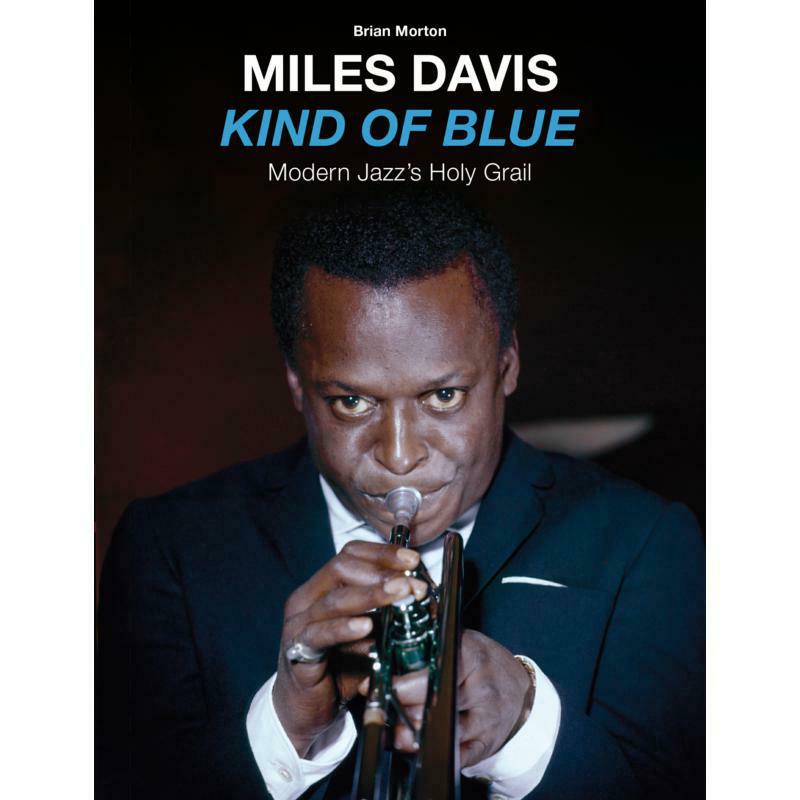Introduction
"Freedom Jazz Dance" by Miles Davis is a standout track from the 1960s, encapsulating the innovative spirit of the jazz-fusion movement. Originally composed by Eddie Harris, this track was reimagined by Davis and featured on his 1966 album, "Miles Smiles." The song exemplifies the era's experimental approach to jazz, blending complex rhythms and improvisation.
Cultural Context
The 1960s were a transformative period for music, marked by the British Invasion, Motown's rise, and the explosion of psychedelia. Amidst this cultural upheaval, jazz was also evolving, with artists like Miles Davis pushing boundaries. "Freedom Jazz Dance" emerged during this time, reflecting the decade's spirit of innovation and experimentation.
Production & Sound
"Freedom Jazz Dance" is characterized by its intricate rhythm patterns and the interplay between the musicians. The track features a lineup of jazz legends, including Wayne Shorter on tenor saxophone, Herbie Hancock on piano, Ron Carter on bass, and Tony Williams on drums. The recording captures the essence of jazz-fusion, with Davis's trumpet leading the charge through a series of dynamic improvisations.
Notable Live Performances
One of the most notable live renditions of "Freedom Jazz Dance" was performed by Miles Davis at the Fillmore West in 1970. This performance highlighted the track's adaptability and showcased Davis's ability to reinterpret his work in a live setting, keeping the music fresh and engaging for audiences.
Modern Legacy
"Freedom Jazz Dance" continues to resonate with jazz enthusiasts and musicians alike. Its complex structure and improvisational opportunities make it a favorite among jazz performers. The track's influence extends beyond jazz, inspiring artists across various genres to explore new musical territories. Its enduring appeal lies in its ability to challenge and inspire, making it a timeless piece in the jazz-fusion repertoire.






Comments (0)